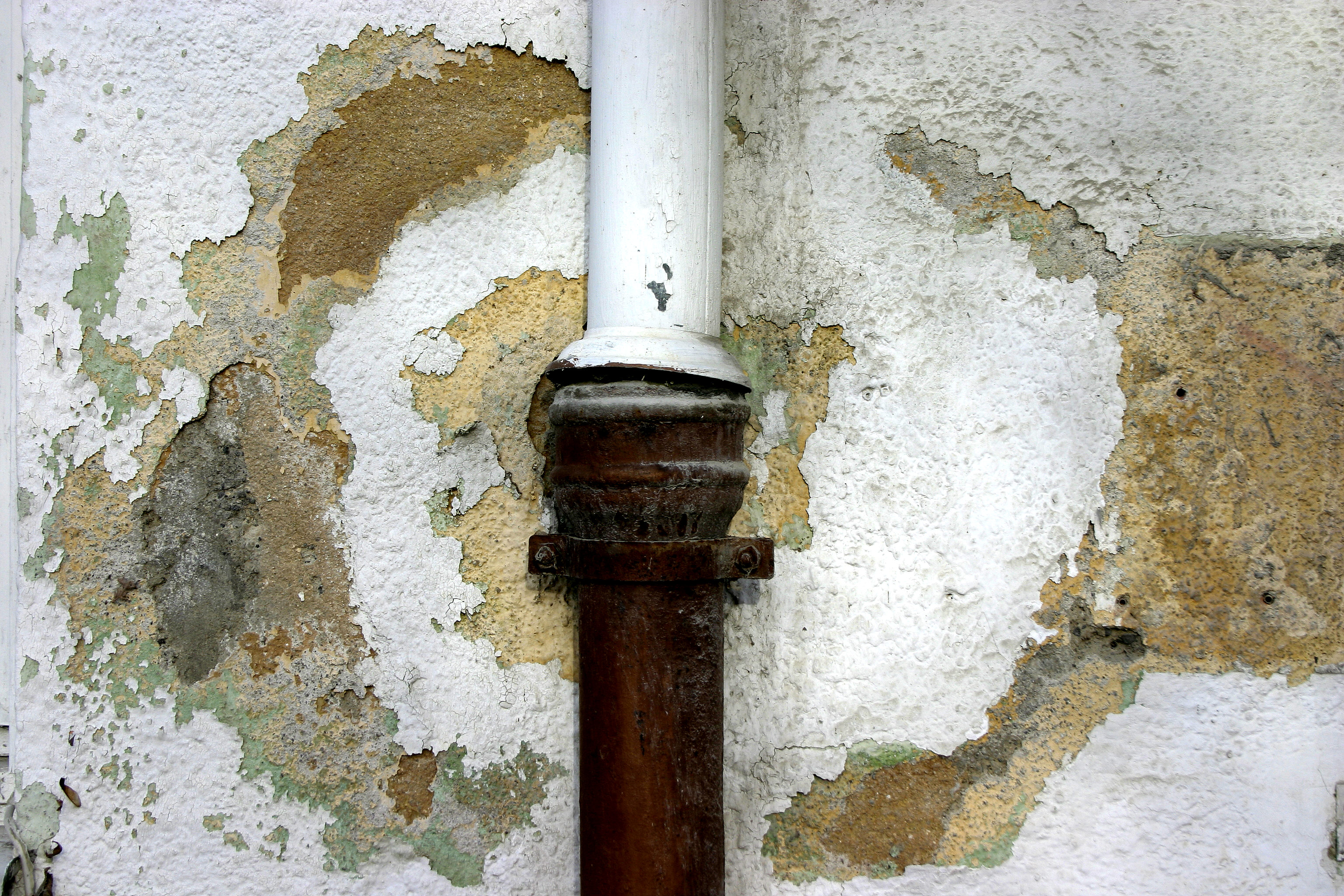Do's as well as Don'ts Throughout Water Damage Emergencies.
Do's as well as Don'ts Throughout Water Damage Emergencies.
Blog Article
On this page in the next paragraph you will discover lots of first-rate information and facts concerning Ways to Reduce The Risk Of Fire And Water Damage.

Though water offers life, water breach on components where it's not meant to be can lead to damage. It can peel away surfaces and also wear down the structure if the water soaks right into your framework. Mold and mildew additionally grow in a wet setting, which can be dangerous for your wellness. Houses with water damages smell old and musty.
Water can come from several sources such as hurricanes, floodings, ruptured pipelines, leaks, and drain concerns. In case you experience water damage, it would certainly be great to understand some safety precautions. Below are a few guidelines on how to take care of water damages.
Do Prioritize House Insurance Coverage
Water damage from flooding as a result of heavy winds is seasonal. You can likewise experience an abrupt flood when a malfunctioning pipeline all of a sudden ruptures right into your residence. It would certainly be best to have house insurance that covers both disasters such as all-natural calamities, and also emergencies like damaged plumbing.
Don't Fail To Remember to Shut Off Energies
In the event of a calamity, especially if you live in a flood-prone location, it would be a good idea to shut off the primary electric circuit. This cuts off power to your entire house, protecting against electrical shocks when water can be found in as it is a conductor. Do not fail to remember to turn off the primary water line shutoff. Furnishings will move around as well as trigger damages when floodwaters are high. Having the primary valve shut down avoids additional damage.
Do Stay Proactive and Heed Climate Alerts
Storm floods can be really uncertain. Remain ready and aggressive if there is a background of flooding in your community. If you live near a river, creek, or lake , listen to discharge cautions. Obtain belongings from the ground floor as well as basement, then put them on the greatest possible level. Doing so lowers possible home damages.
Do Not Ignore the Roofing System
You can stay clear of rainfall damages if there are no holes and also leaks in your roofing system. This will certainly protect against water from moving down your wall surfaces and saturating your ceiling.
Do Take Note Of Small Leaks
A burst pipe does not happen over night. Normally, there are warnings that indicate you have actually weakened pipelines in your house. You might notice bubbling paint, peeling off wallpaper, water touches, water spots, or trickling noises behind the wall surfaces. Ultimately, this pipe will break. Preferably, you ought to not await things to intensify. Have your plumbing fixed before it causes substantial damages.
Don't Panic in Case of a Ruptured Pipeline
When it comes to water damage, timing is key. Thus, if a pipeline bursts in your house, immediately shut off your major water shutoff to cut off the resource. Call a credible water damage repair professional for assistance.
Water provides life, water intrusion on components where it's not intended to be can result in damages. Houses with water damage smell old and moldy.
Water damage from flooding fees to heavy winds is seasonal. You may notice gurgling paint, peeling wallpaper, water touches, water discolorations, or leaking noises behind the walls. When it comes to water damage, timing is vital.
Some Do's & Don't When Dealing with a Water Damage
DO:
Make sure the water source has been eliminated. Contact a plumber if needed. Turn off circuit breakers supplying electricity to wet areas and unplug any electronics that are on wet carpet or surfaces Remove small furniture items Remove as much excess water as possible by mopping or blotting; Use WHITE towels to blot wet carpeting Wipe water from wooden furniture after removing anything on it Remove and prop up wet upholstery cushions for even drying (check for any bleeding) Pin up curtains or furniture skirts if needed Place aluminum foil, saucers or wood blocks between furniture legs and wet carpet Turn on air conditioning for maximum drying in winter and open windows in the summer Open any drawers and cabinets affected for complete drying but do not force them open Remove any valuable art objects or paintings to a safe, dry place Open any suitcases or luggage that may have been affected to dry, preferably in sunlight Hang any fur or leather goods to dry at room temperature Punch small holes in sagging ceilings to relieve trapped water (don't forget to place pans beneath!); however, if the ceiling is sagging extremely low, stay out of the room and we'll take care of it DO NOT:
Leave wet fabrics in place; dry them as soon as possible Leave books, magazines or any other colored items on wet carpets or floor Use your household vacuum to remove water Use TV's or other electronics/appliances while standing on wet carpets or floors; especially not on wet concrete floors Turn on ceiling fixtures if the ceiling is wet Turn your heat up, unless instructed otherwise

I recently found that entry on Reducing Your Risk Of Water And Fire Damage At Home when looking around the search engines. Liked our piece? Please share it. Help other people locate it. Thanks for your time. Don't hesitate to check our blog back soon.
Report this page